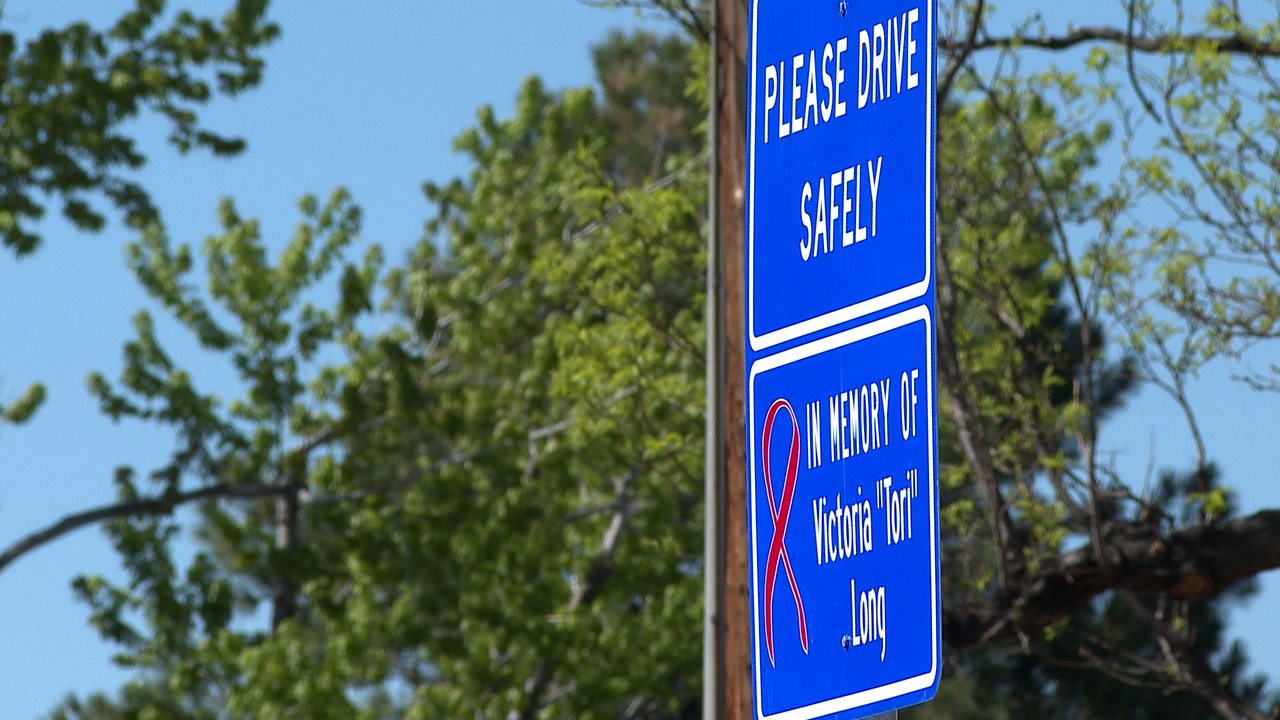DENVER — It is a story everyone is talking about: Denver’s City Council approving a safe injection site to operate within city limits. The goal? Give those addicted to opioids a safe legal place to get high so if they overdose, they will not die.
Inbox: @MayorHancock will sign bill allowing Denver to have Supervised Injection Sites. The city now will wait–perhaps for months–to see if Governor Elect Polis would sign state approval for the program into law. #kdvr #copolitics pic.twitter.com/7ytbYfnHFO
— Joe St. George (@JoeStGeorge) November 27, 2018
Before Denver can move forward with its plans, the General Assembly and Governor-elect Jared Polis would have to sign into law a bill giving the city permission. Polis still has no public position on the subject.
But if Denver is given the authority to run a safe injection site, it is clear from data that it should go near Civic Center Park.
According to statistics compiled by the Problem Solvers, 91 calls related to heroin were reported at Civic Center Park in the last six years:
- 76 calls were reported near West Colfax and Speer.
- 51 calls near Speer/Champa and Stout area
- 27 calls reported near 1050 West Colfax.
In Vancouver, Sydney, and Paris, each city placed its safe injection site in neighborhoods prone to overdose.
But will it make a difference?
Well, it depends — if you live close to an injection site, overdose deaths decline.
The College of Family Physicians of Canada report the following regarding the Vancouver site:
“Of persons living within 500 meters of the SIS overdose deaths decreased,” and, “There was no change in mortality in the rest of city.”
Sydney has had injection sites since 2001.
But headlines like “Sydney opioid deaths spark concern over rising prescription drug overdoses” have been written in 2018.
“One person died in a hotel just metres away from the legal injecting room” the article continued.
As for who might use an injection site? Demographic data is hard to come by. However, the American Journal of Preventive Medicine conducted a study on who is using unsanctioned injection sites in the United States. It found 80 percent of people were homeless; 91 percent were male; 80 percent were white; 91 percent would get high in a park, bathroom or parking lot if an injection site was not available.

